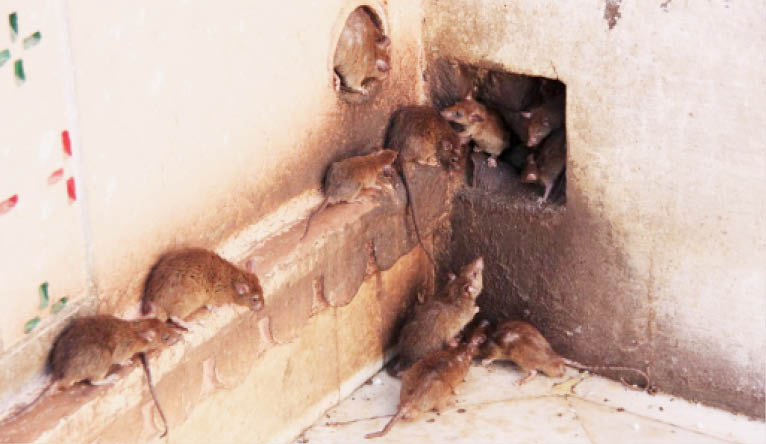50 years of Lassa fever is waiting for the lion to finish yawning
In 1969, Lily Pinneo caught an infection while working as a nurse at Jos Mission Hospital in Jos. She recovered after being medically evacuated to the US. She returned the next year with a small supply of her serum to treat missionary colleagues who would later catch the same infection. Before her, another missionary Laura […]

In 1969, Lily Pinneo caught an infection while working as a nurse at Jos Mission Hospital in Jos. She recovered after being medically evacuated to the US. She returned the next year with a small supply of her serum to treat missionary colleagues who would later catch the same infection.
Before her, another missionary Laura Wine had a disease like Pinneo’s while working in a town called Lassa. She would later die in Jos, and the illness would be named after the town where it started: Lassa fever.
Pinneo was the first case to be documented. The virus behind the disease was isolated from her. Wine was the “index case” and the first death.
Among the missionaries—working as lab assistants, nurses, physicians in the ‘60’s—only three survived. They form the first fits of science about Lassa that has trickled down over the years.
Fifty years on, the disease is still in Nigeria, and knocking the socks off populations—regular as clock work every year.
From 1969 to 1978, the outbreak was confined to four states. Nearly every state in the country has seen an outbreak in the last 50 years, and with it rising number of deaths. Between 2009 and last year, only Zamfara has not reported one.
The Nigeria Centre for Disease Control has already declared an outbreak this year after 60 people across eight states were confirmed infected with Lassa fever virus in the first two weeks of January alone.
Oyewole Tomori, a virologist working on Lassa fever, says it has been “50 years of uncaring, carelessness”—and stretches time to paint a grim picture.
“Fifty years ago, women loved to show off their hair, men put their hats on the floor and Fela was still fully clothed.”
The time lapse shows the hurdles that have restricted commitment to tackle Lassa. In 1976, the outbreak was reported as a smear campaign by neocolonialists and western imperialists to stop Nigeria from hosting FESTAC ’76.
Skip to 2013. From then till 2019, Lassa has “made mince meant and sausage rolls of Nigerians,” says Tomori, referring to the casualties.
It comes down to human relationship with rodents that carry the Lassa fever virus, basic hygiene and infection control.
It also comes down to will to fund science and grow knowledge against a disease that’s consistently kept a predictable trend year after year, and continues to kill.
The virus crosses from animals to humans—and then on from person to person through contaminated food, water or contact with infected persons.
Older communities hunting in forests may have encountered the rodents and picked up the infection. Now modern communities are piling food and filth, and luring the rodents right out of the forests.
“Over the years, we have grown filthy as a nation. Rats are not stupid, they look for food and they come right into the master bedroom,” says Tomori.
Year after year, healthworkers are told to treat any fever with a “high index of suspicion” for a haemorrhagic fever. That basically means take no chances.
But handling febrile patients or loved ones is the quickest route of spread of Lassa fever—faster than any direct contact with animals. It also puts healthworkers at increased risk of infection.
“You are killing your loved ones, your doctor is killing you and the doctor is committing suicide from utter disregard for infection prevention and control,” says Tomori.
Diagnostics for Lassa fever are still growing. In 2002, N100 million provided for each of three reference centres—in Irrua, Maiduguri and Owerri—to help diagnostics and treatment.
Only the Irrua centre made it to a full fledged centre that’s now at the heart of Lassa fever response.
A flood of articles on knowledge, attitudes and perception of Lassa fever has not helped improve what’s known about the science of the fever. Tomori says the KAP articles are “milking Lassa fever to death…all from people who’ve never seen but only treated malaria.”
Tomori addressed the first-ever international conference on Lassa fever with a warning for Nigeria and its behavior toward the virus.
“My country is a country waiting for the lion to finish yawning before deciding to run,” he said. “One it is down yawning, its ready to pounce on you.”
